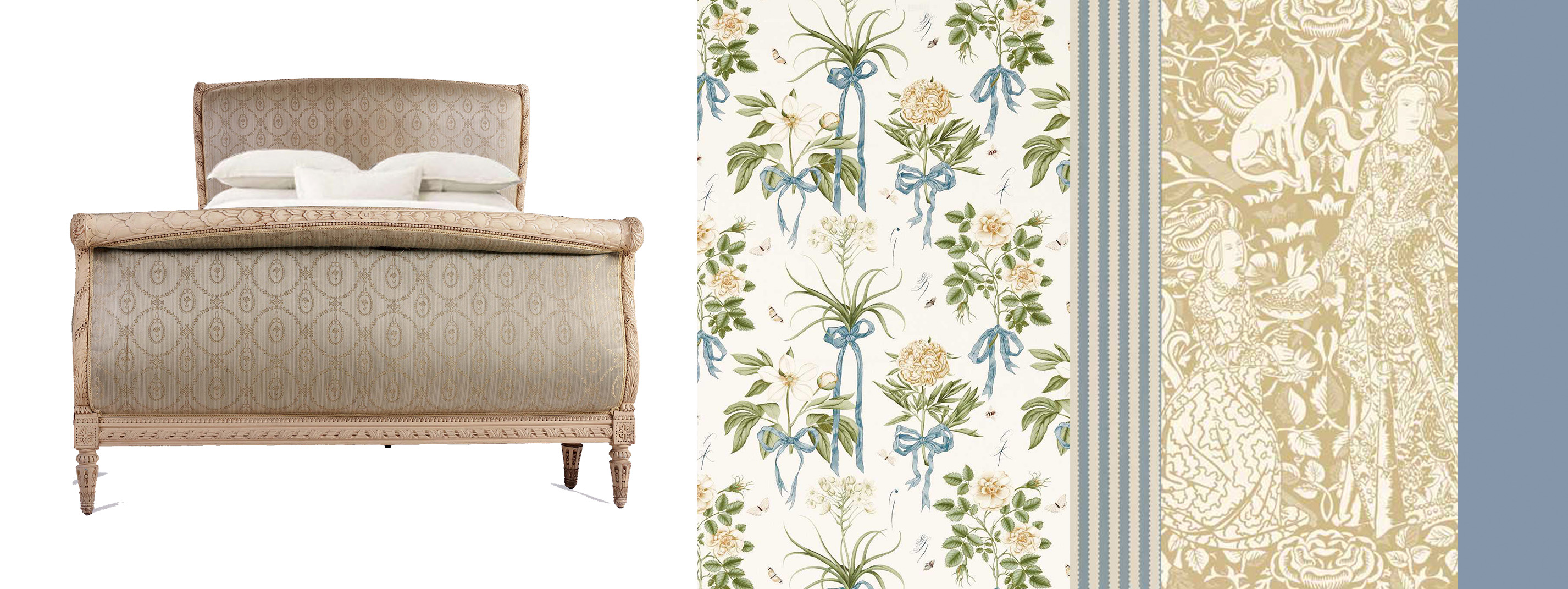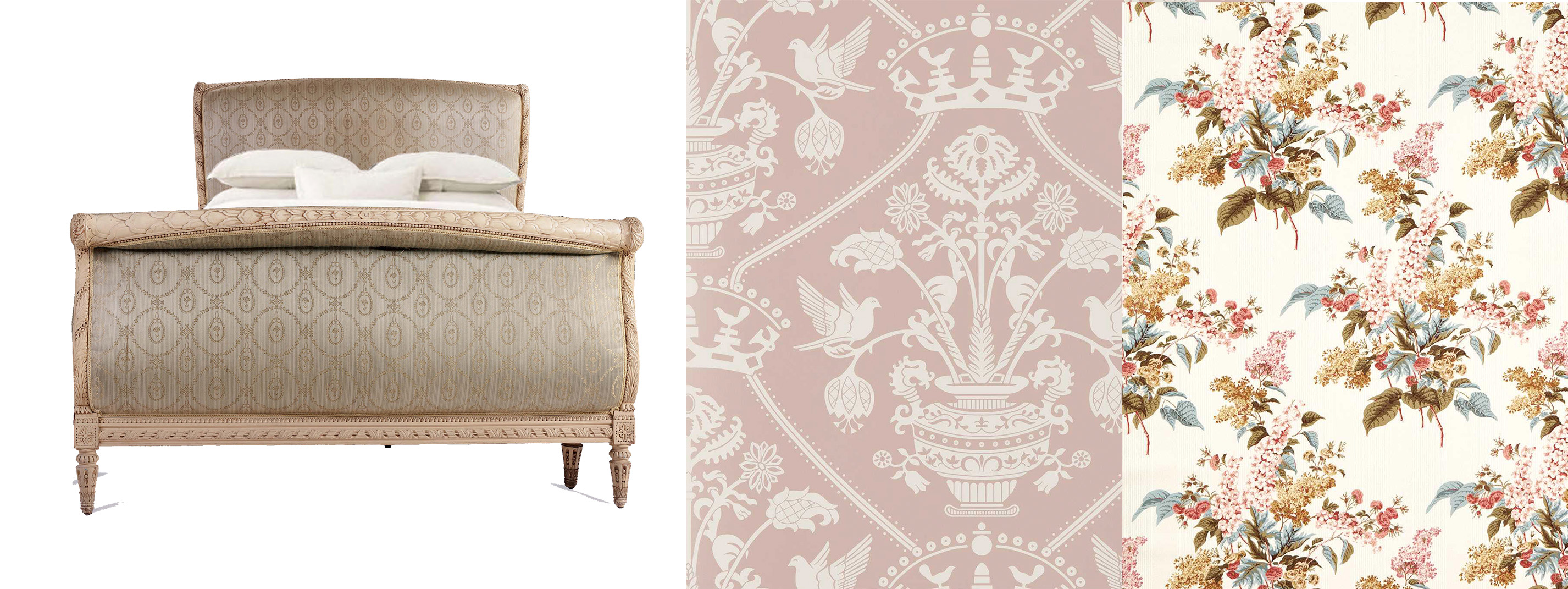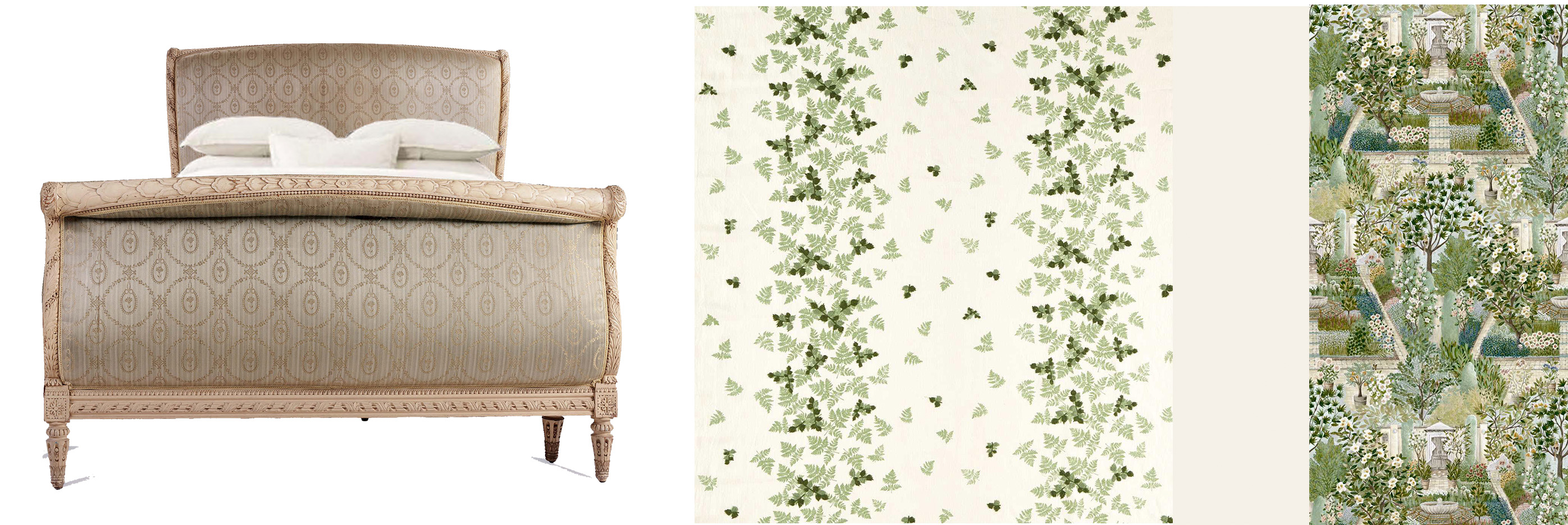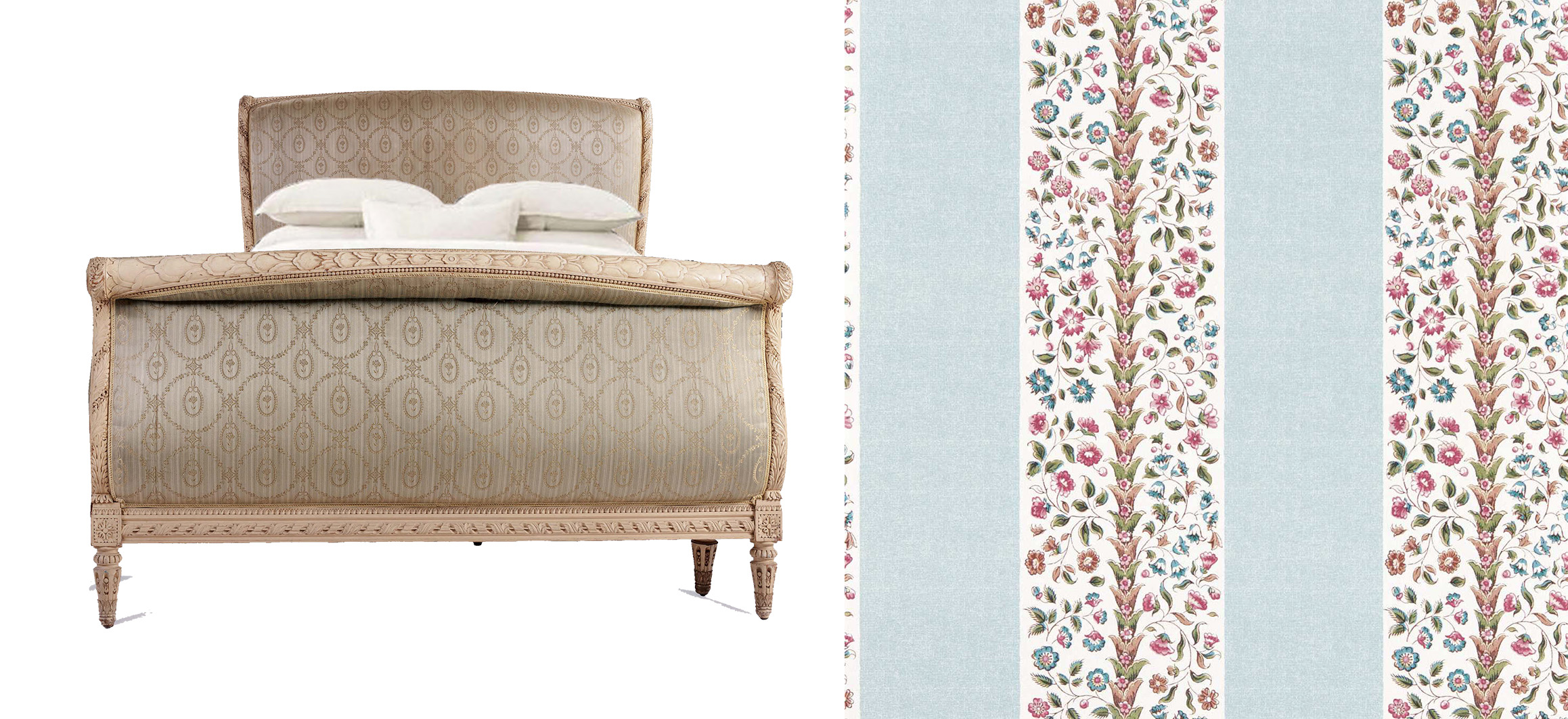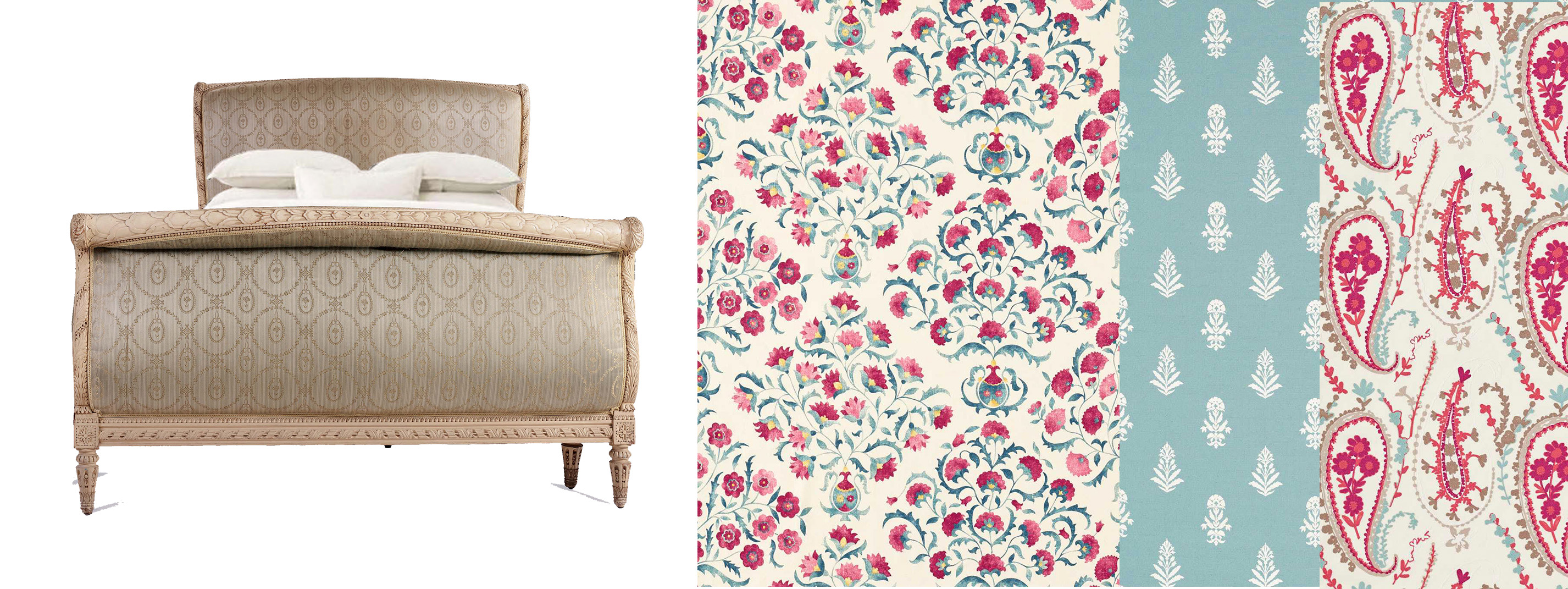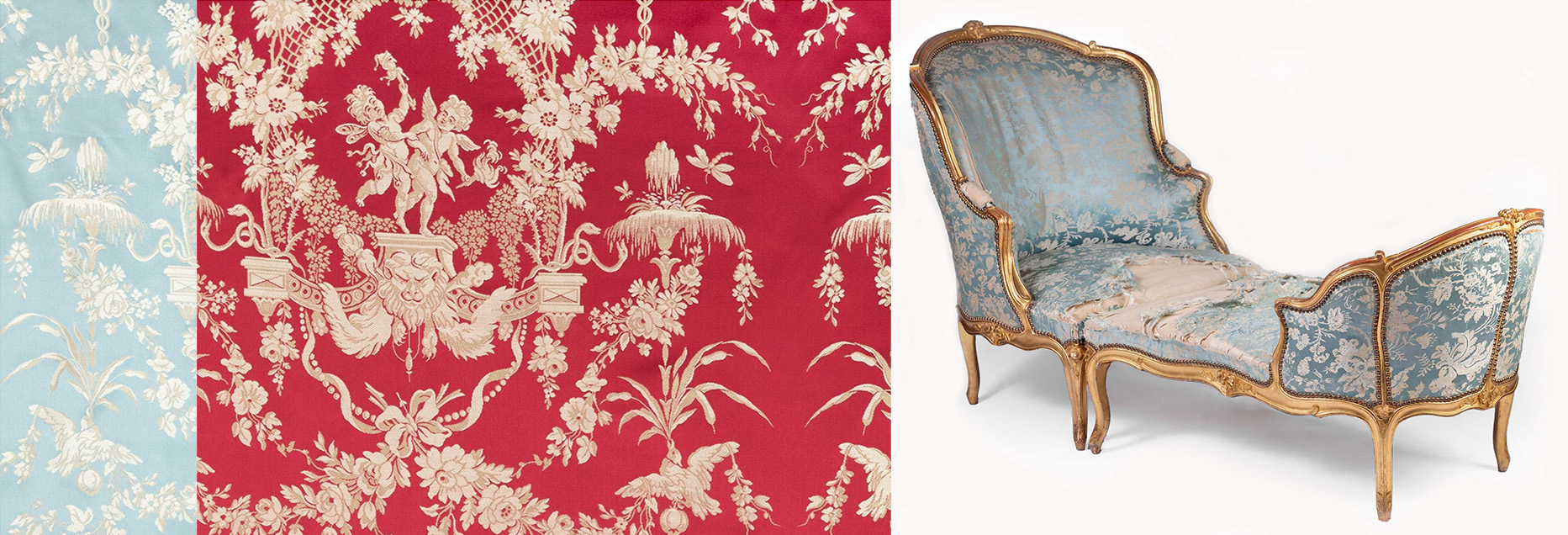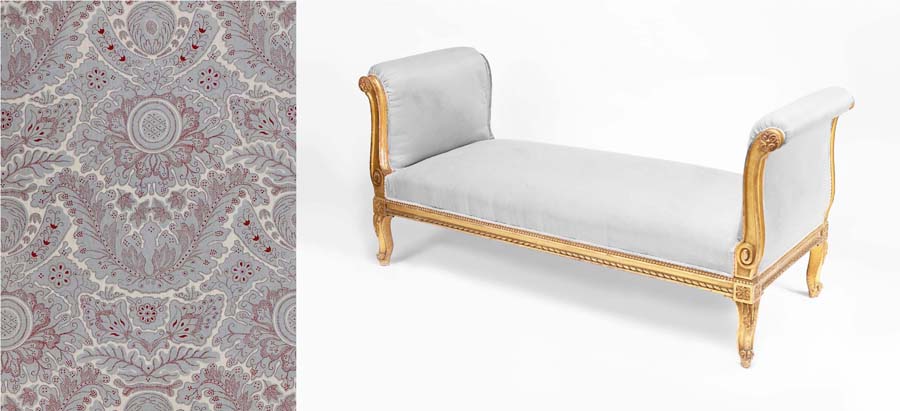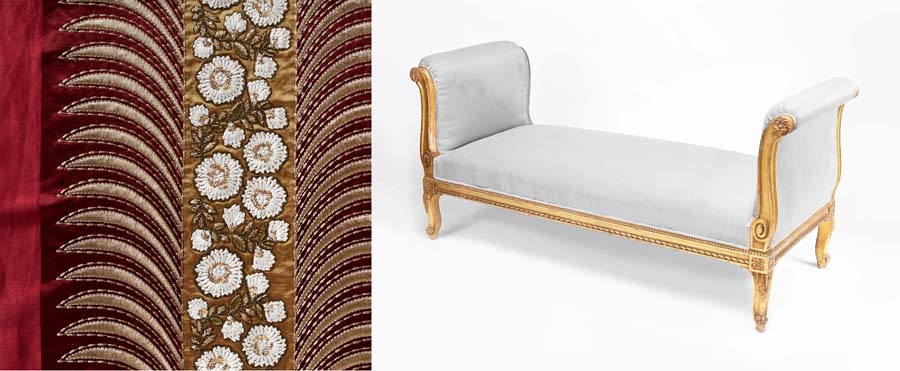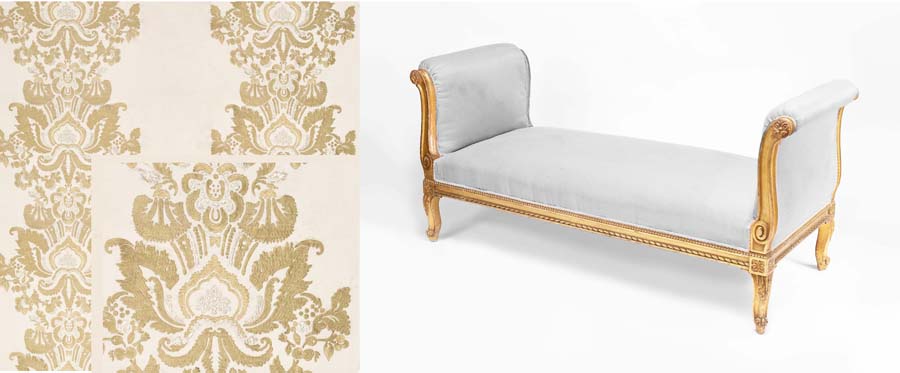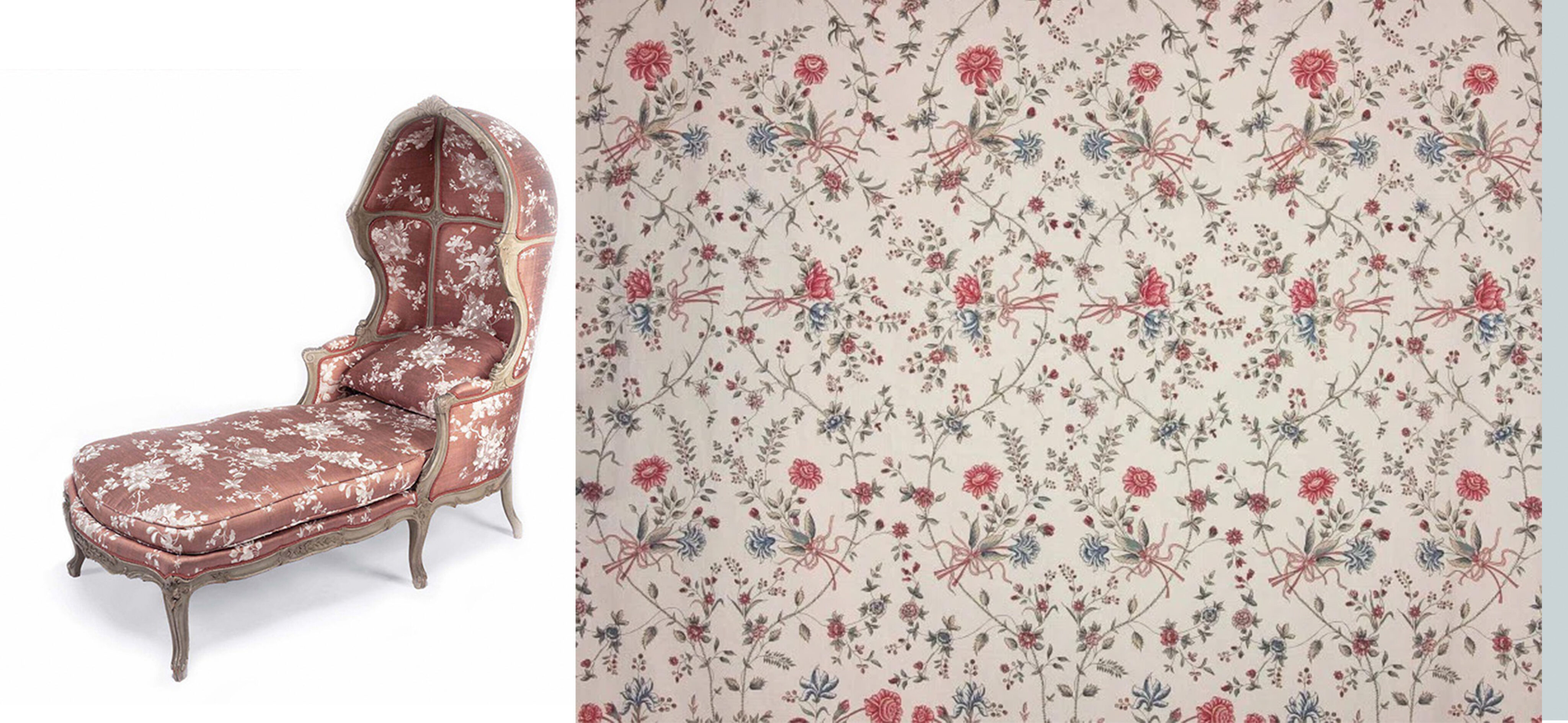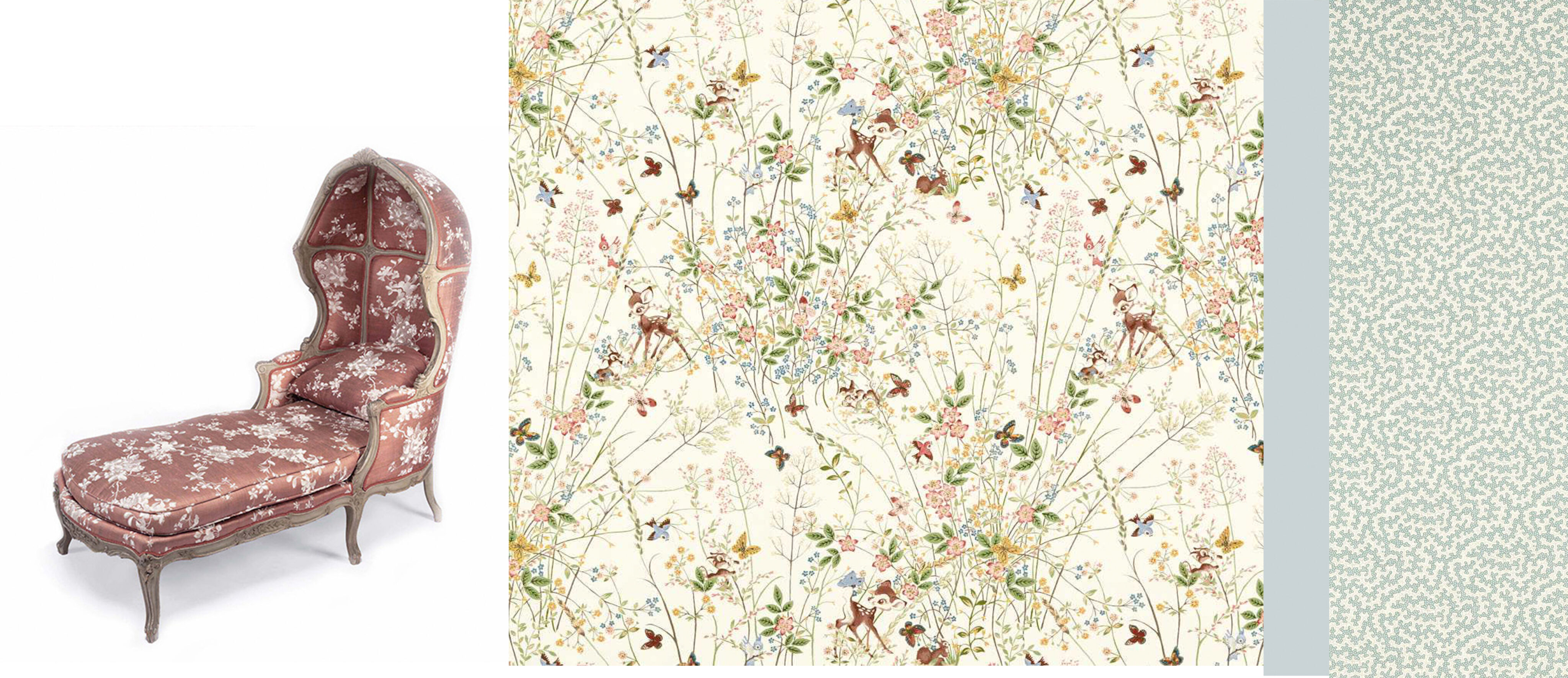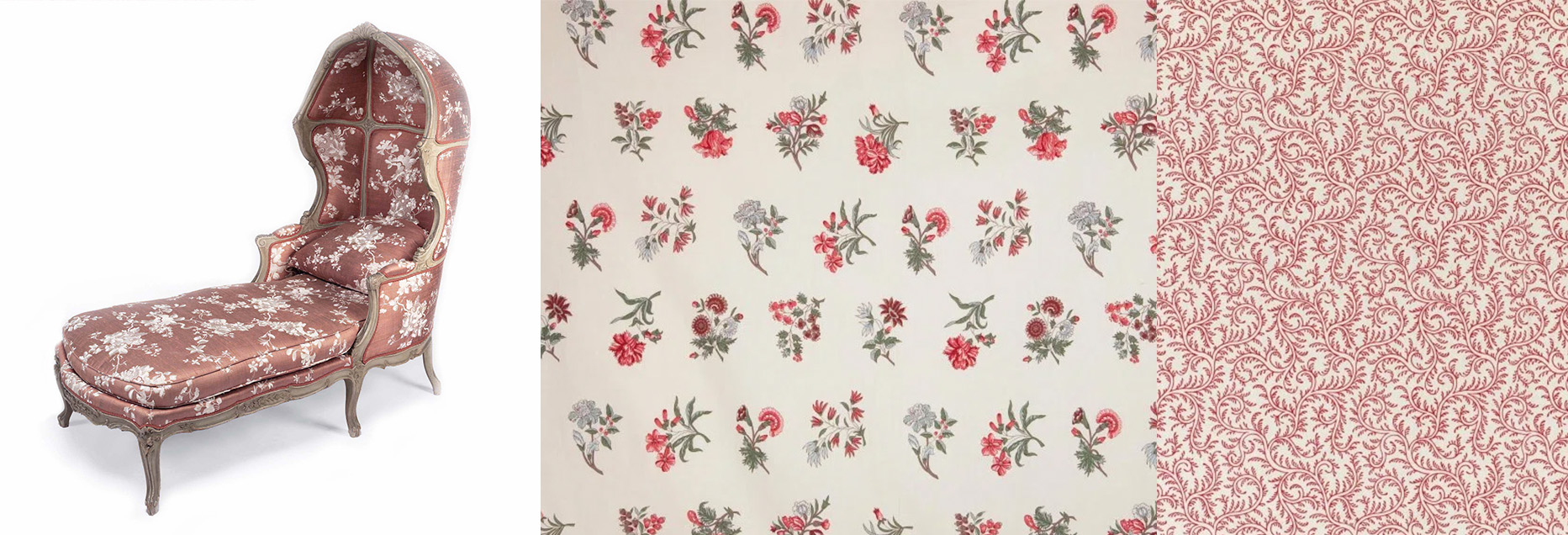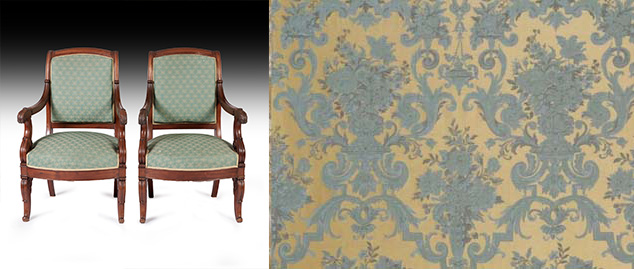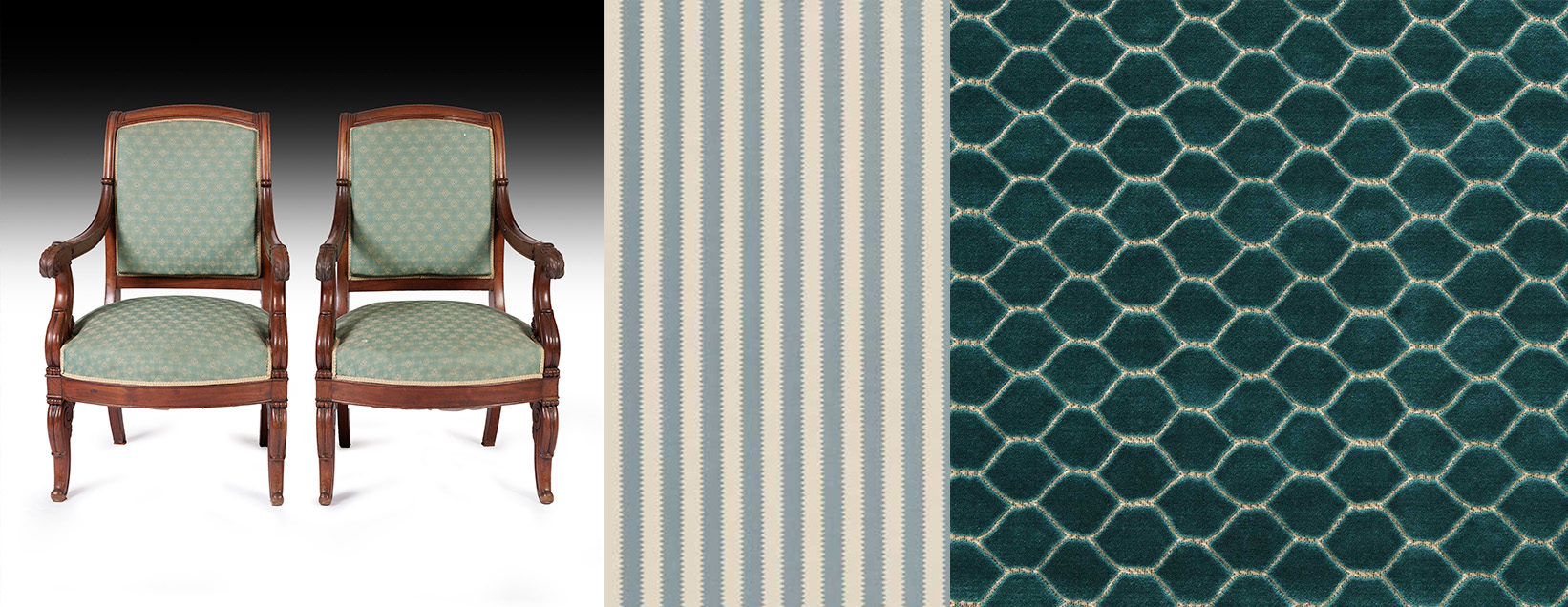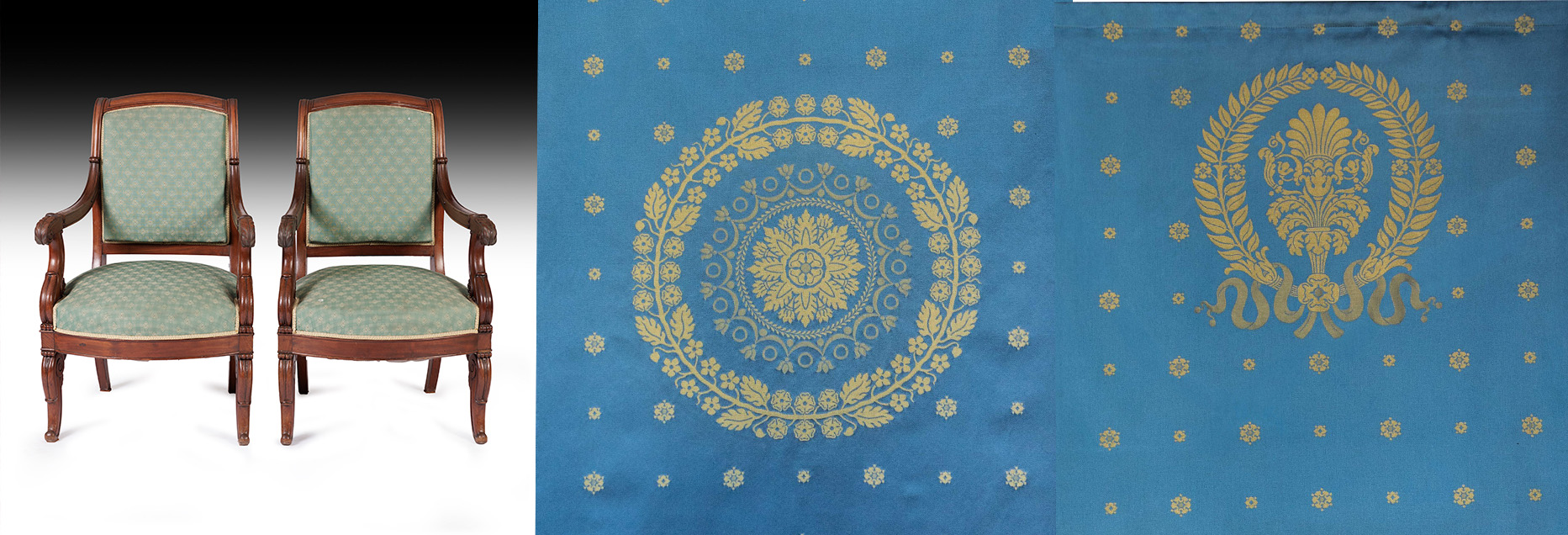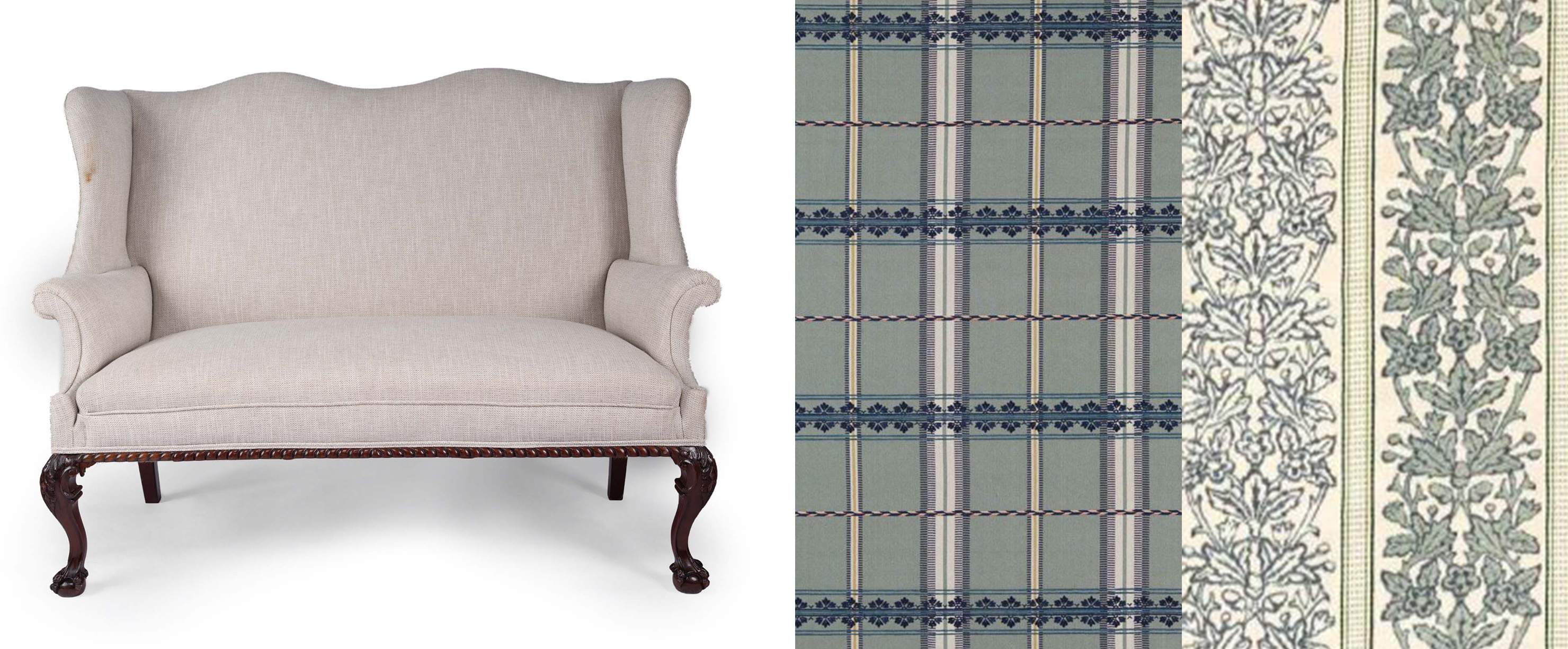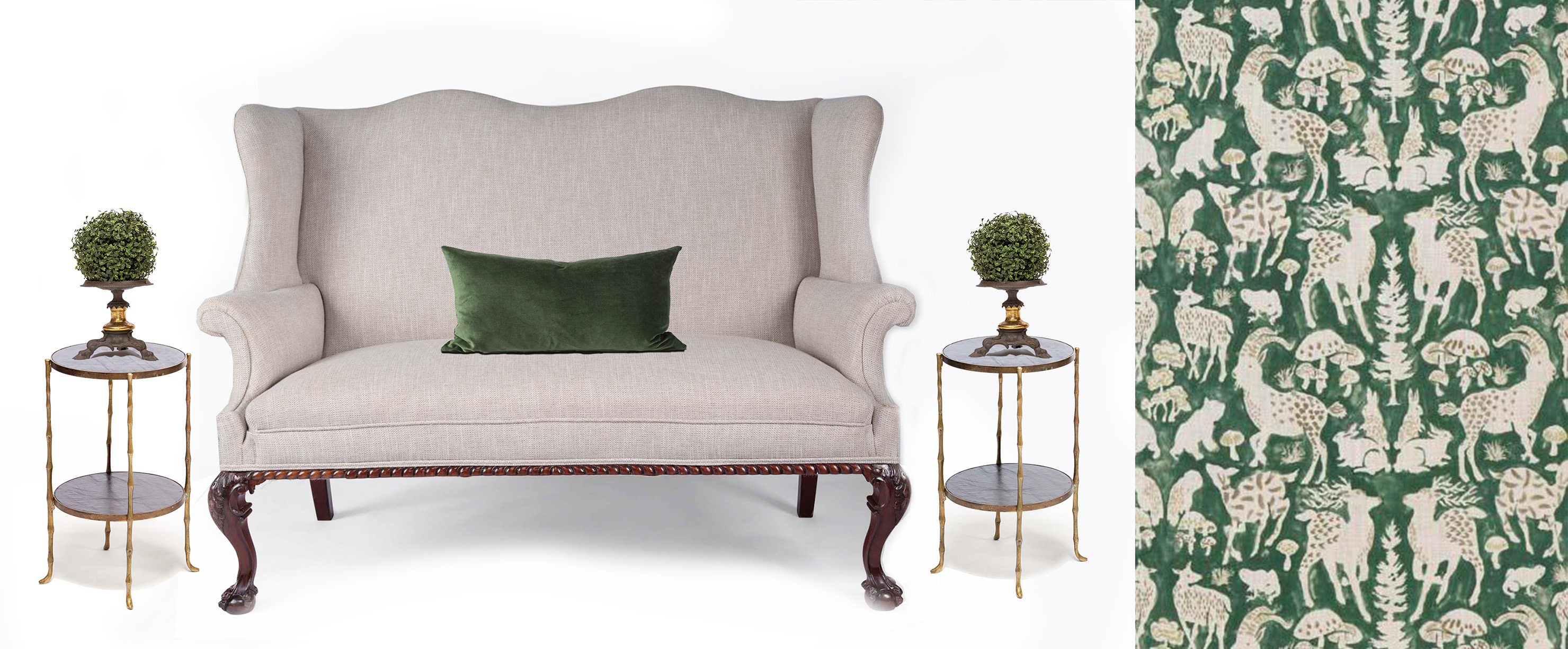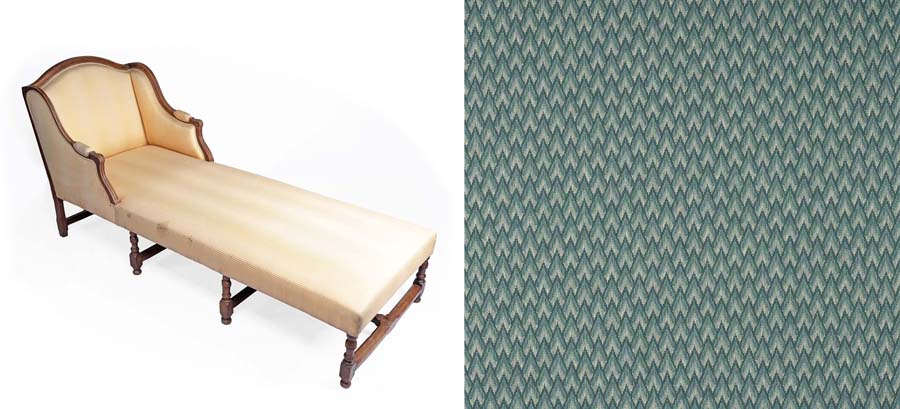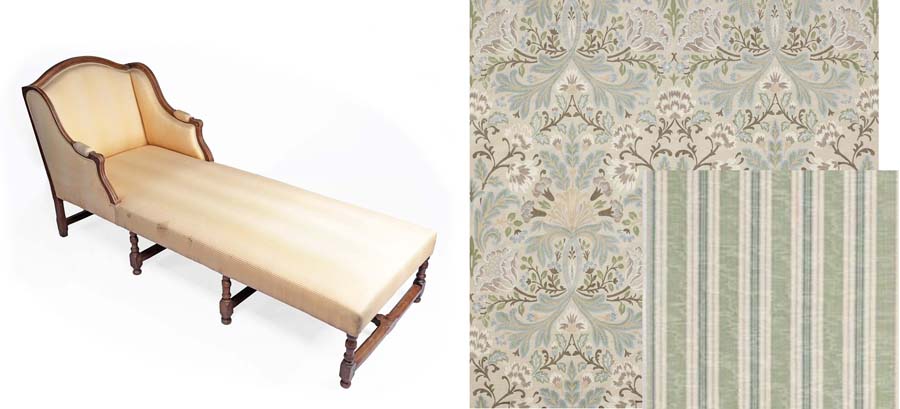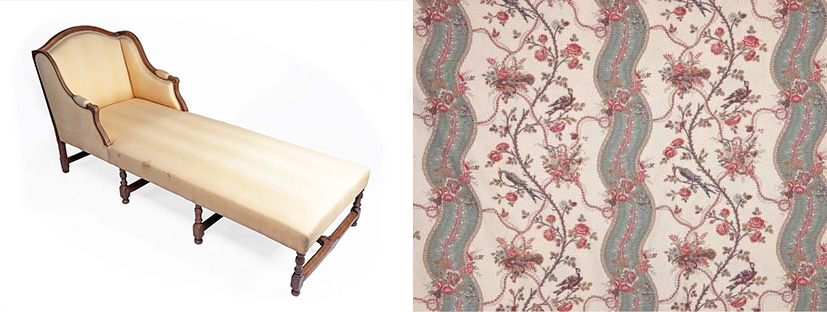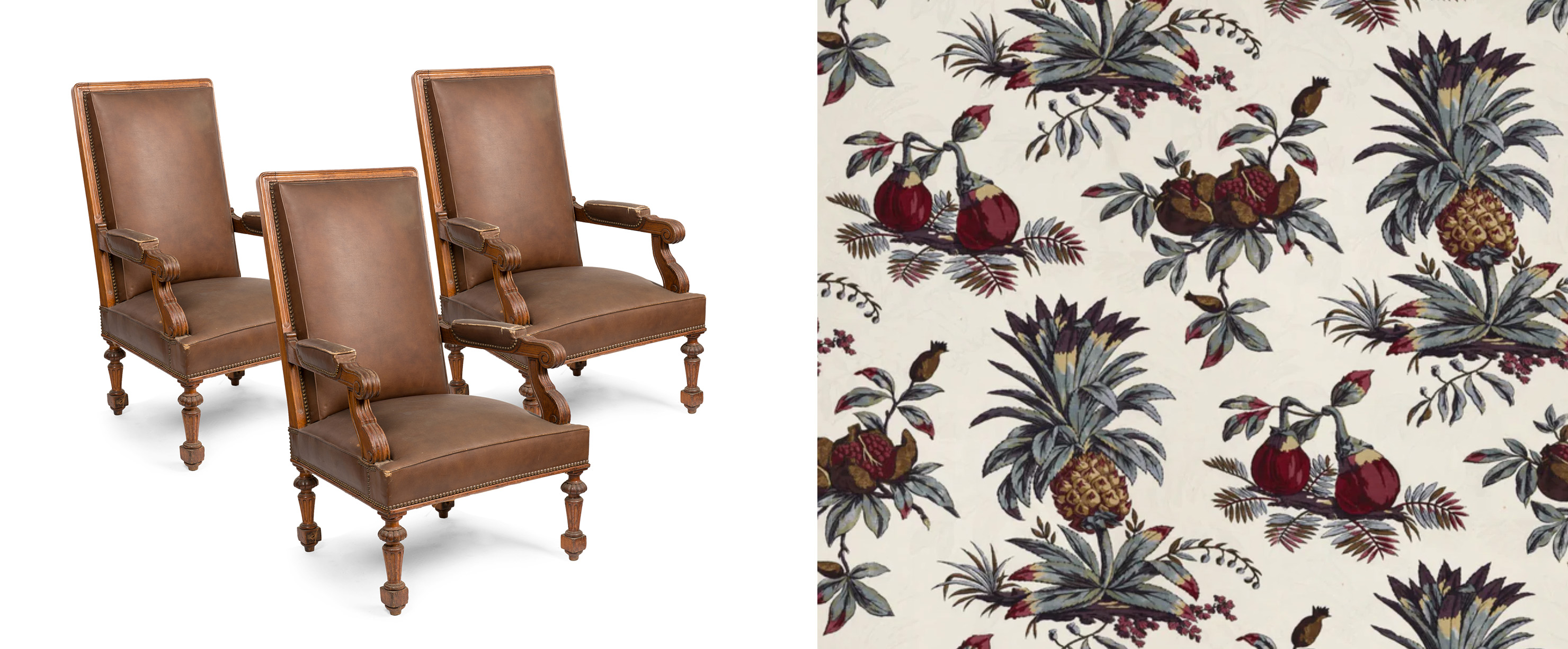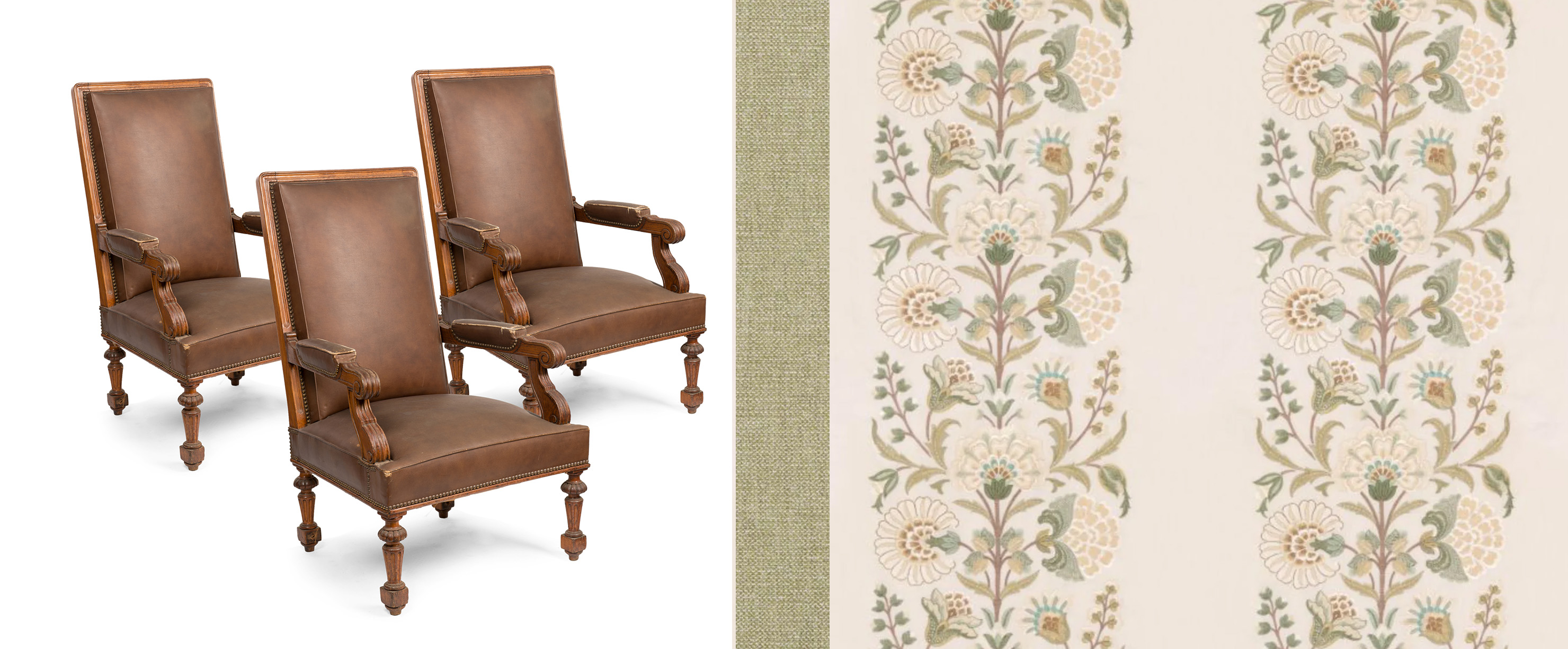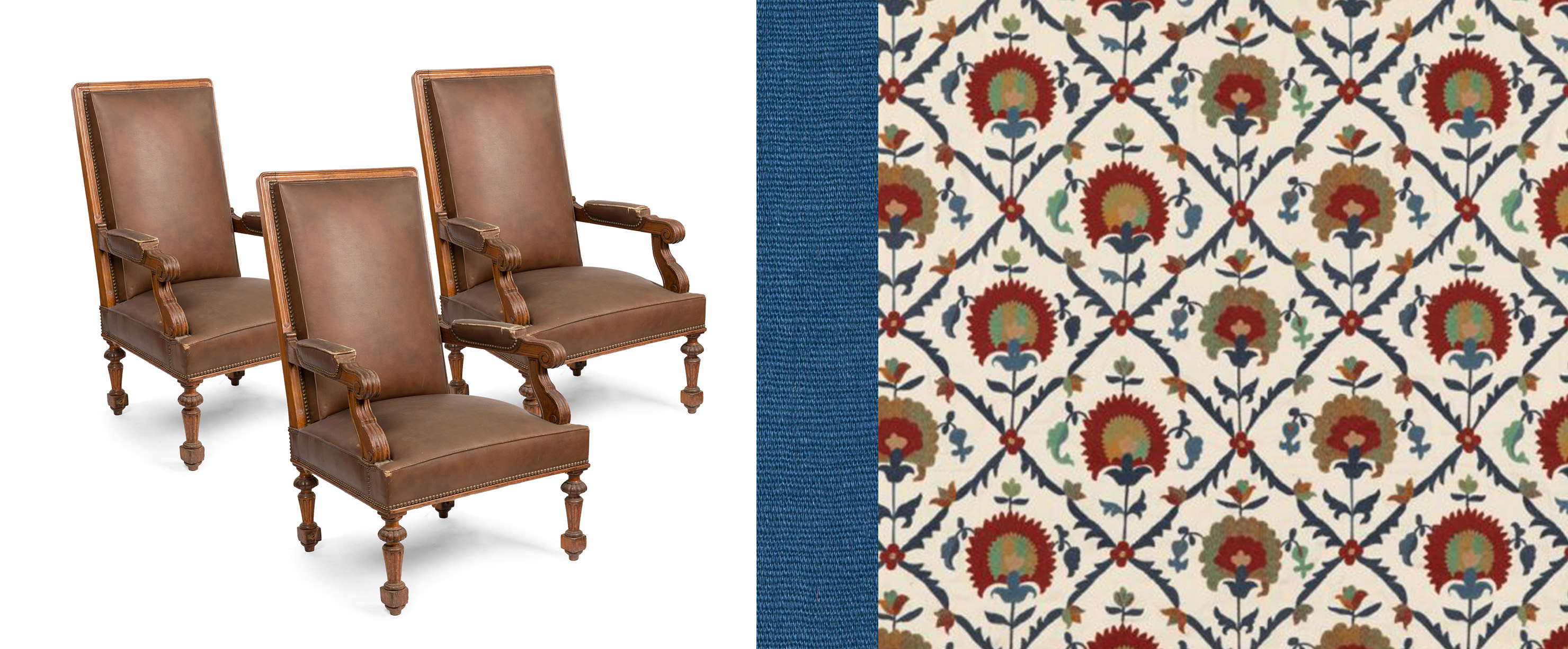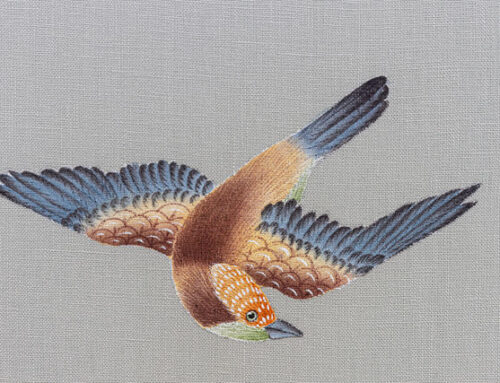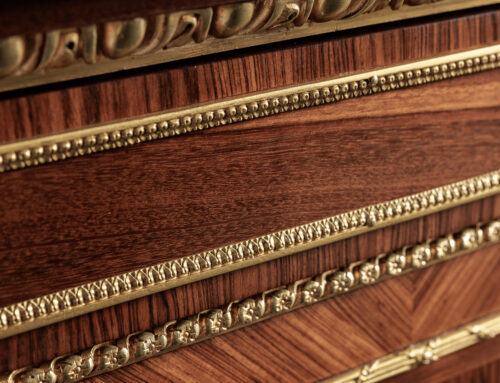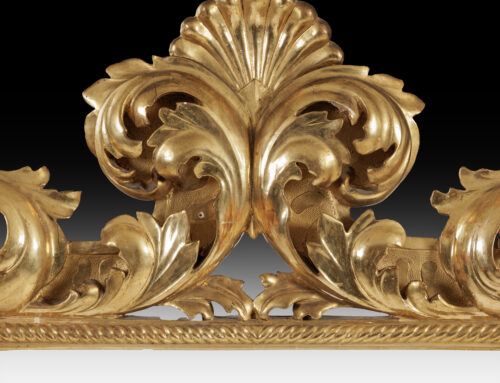How to Transform Antiques Using Fabric
The nature and the joy of buying antiques is such that you can make your own individual mark, and with imagination it becomes possible to transform any piece into one that suits your individual home. We have taken a selection of upholstered pieces from our antique collection and paired them with beautiful fabrics from all around the globe to inspire and make suggestion on how to transform antiques through fabric.
While much transformation is done through restoration, it’s important not to underestimate the critical influence that the style, texture and pattern of fabric has on the look and appeal of a piece. Here we have paired our antiques with fabrics from Lelievre, Pierre Frey, Sanderson, Bracquenie, GP & J Baker, Morris & Co, Lewis & Wood and more.
Browse through each of the individual galleries below using the left/right arrows and take a look at how different fabric, pattern and colour combinations alter the look and transforms antiques using fabric. coordinates for upholstery, cushions, matching wallpaper – you are only limited by your imagination.
Fabric sets the tone for an antique. i.e. a very formal gilded antique is instantly relaxed by a linen in a soft palette. Equally, a bold coloured silk or embroidery introduces a formality that a piece of furniture might not otherwise have had, had an alternative fabric been selected.
Contrast – How to Transform Antiques using Fabric
One of the most exciting parts of reupholstering antique furniture is the chance to get creative with contrast. Picture a Louis XV bergère in a bold animal print, or a Victorian chaise longue reborn in vivid velvet teal. These juxtapositions make a powerful design statement — old-world frame meets avant-garde textile — and instantly add character to a space.
This delightful Louis XV chaise longue benefits from the combination of soft whimsical fabrics that complement the deeper colour of the frame.
One of the most exciting parts of reupholstering antique furniture is the chance to get creative with contrast. Picture a Louis XV bergère in a bold animal print, or a Victorian chaise longue reborn in vivid velvet teal. These juxtapositions make a powerful design statement — old-world frame meets avant-garde textile — and instantly add character to a space.
Anything goes on a wing settee like this, be it straight and architectural, historical or plain.
Finally, these beautiful and comfortable English oak library chairs are transformed from the rather revolting current brown vinyl through the application of beautiful patterns and colours.
Practical Tips for How to Transform Antiques Using Fabric
While the aesthetic is important, reupholstering antiques also requires a thoughtful and respectful approach. Here’s what to consider:
1. Respect the Frame of the Antique
Before any fabric is chosen, ensure the piece is structurally sound. As part of our restoration process, Wallrocks not only transform a piece through French Polish, we ensure joints are secure and any damage is repaired;
2. Understand the History of the Antique
Whilst a bold modern fabric can create a statement, at times a piece – or a client – requires a fabric that keeps with both period and style – Wallrocks are well placed to provide this advice when required;
3. Choose the Right Fabric for the Antique
Antique furniture often features deep curves, detailed carvings, and delicate joinery — so not all fabrics will suit.
-
Durability: For frequently used pieces, a high rub-count textile may be in order;
-
Workability: Avoid thick or overly stiff fabrics for pieces with curves or tufting;
-
Breathability: Natural fabrics like cotton and linen are ideal for warm climates and traditional interiors.
4. Mind the Scale of the Furniture
Large-scale patterns work best on broad-backed chairs and sofas; smaller prints suit dainty frames such as stools.
5. Trim and Details Matter
Finishing touches like brass nailhead trim, braided gimp, or fringed skirts can amplify the final look. Consider antique-inspired trims to bridge old and new.
6. Work with a Specialist
Upholstering antiques isn’t a job for every upholsterer. An artisan who understands traditional methods — webbing, horsehair stuffing, hand-tacked edges — and who can preserve original padding where appropriate – is a must! Wallrocks have a range of skilled artisans with decades of experience to call on.
With a bit of imagination and a respect for craftsmanship, you can take a forgotten relic and transform it into a centrepiece with soul and style. Whether it’s a Regency fauteuil in flamingo pink or an Art Deco club chair in houndstooth wool, the right fabric can reawaken beauty, comfort, and charm — all while keeping history alive.
Bonus Tip: Where to Find Great Fabric
Wallrocks have access to some of the finest quality fabrics in the world, including hand embroidered silks, bespoke custom hand-painted and embroidered panels, linens, velvets and more. You can view some examples of our antiques that have transformed through fabric here.
After selecting your antique, we have a discussion with you to understand your own style, tastes and preferences in terms of fabric and upholstery. From here, we present you with a range of beautiful quality fabrics that meet your criteria for final selection on your piece of furniture. From here, we organise the upholstery and then deliver to you a complete and beautiful piece. Enquire.
We can also help you with fabrics for cushions, curtains and more on request.


